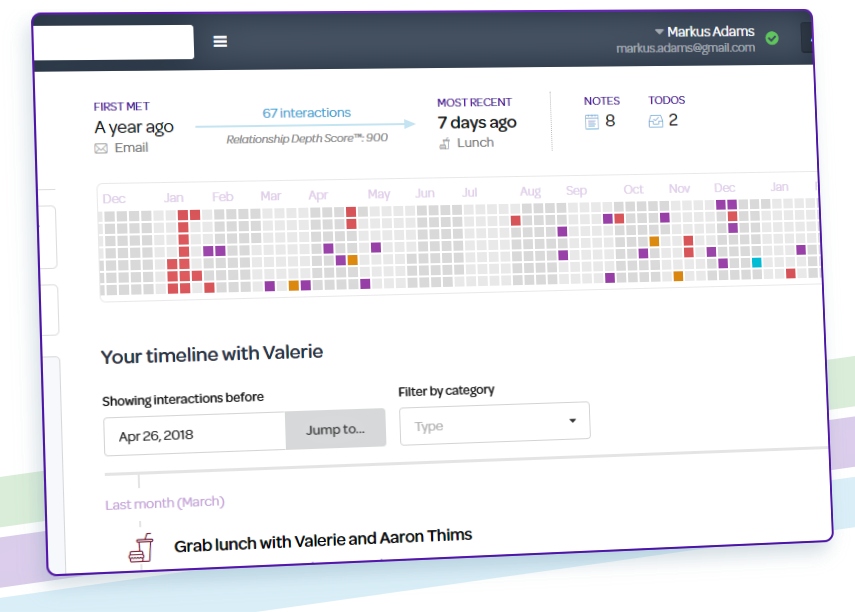Shadow inventories are not mythical
In recent years, the concept of shadow inventories in the real estate industry has been questioned and even mocked, but a new Equifax trend report for May 2011 shows that delinquencies still exceed pre-crash levels and are still climbing. Home finance dollars (including revolving accounts, first mortgage and home equity loans) being written off are still climbing and it does not appear the increase will slow any time soon at its current pace. Equifax’s U.S. analysis is compiled from data on roughly 585 million consumers.
The Equifax study revealed that mortgage loan write-offs reached $304.6 billion in 2010, nearly three times higher than 2006 and 2007 combined, and the rate of increase has continually risen each quarter since Q1 of 2010. According to Equifax, REOs present an especially tricky challenge as the volume is on the rise as many lenders struggle with property divestment of properties not sold at auction or through short sale.
Rising REO rates
In May 2011, 3% of all first mortgages were REO properties, accounting for $21.8 billion in loans and Equifax asserts that because foreclosure completion rates (of 1.45%) parallel bankruptcy rates (of 1.6%) that most REO properties are a result of bankruptcy.
“Shadow inventory and real estate owned properties are still playing a dominant role in today’s mortgage market and slowing the pace of economic recovery. While we are seeing stabilization across multiple sectors of lending, there remains a significant volume of delinquent first mortgage loans, which has slowed the foreclosure process. Until these foreclosures are processed, the mortgage market will continue to impact economic growth,” said Craig Crabtree, senior vice president and general manager, Equifax Mortgage Services.
Most past due balances trace back to 2005-2007
Equifax also reported that as of May, nearly 2/3 of past-due balances are from loans originated between 2005 and 2007. The home equity revolving potential foreclosures now totals $11.9 billion. That is a substantially large number of troubled loans.
Contradicting key economists
Some are claiming that because home equity line originations this spring rose for the first time in over four years, but Equifax’s new study shows that the average credit limit on a home equity line dropped 15.07% in the same window of time, so the picture isn’t quite as rosy as some are aiming to portray.
It isn’t the end of the world, this is all a part of the economic cycle, but it is not mythical nor something to mock as shadow inventory is real, and tightened lending, rising rates of REO inventory and delinquencies still rising, challenging the real estate sector which is certainly not in recovery mode.
The American Genius is news, insights, tools, and inspiration for business owners and professionals. AG condenses information on technology, business, social media, startups, economics and more, so you don’t have to.










































Stan Brody
July 4, 2011 at 5:10 am
With over 24 million homes under water, the shadow inventory is a joke… either housing is stabilized, soon, or using FHA/HUD. actuarials there will not be any real recovery prior to 2022… stanbrody.blogspot.com for the cliff notes of the Real Estate Stabilization Act…
Joe Loomer
July 5, 2011 at 9:20 am
The trickle-release of REO properties to the market ensures we'll be dealing with them for quite some time before they return to historic norms (as a percentage of homes on the market). Even HUD/Government-owned homes seem to be taking forever to get back on the market.
Navy Chief, Navy Pride
Susanne Novak
July 7, 2011 at 1:23 pm
Based on what we see here in Ohio, the so-called shadow inventory does not flood the market, yet. As a matter of fact the number of available HUD homes in Central Ohio is now only 30% from what it was in February. We could easily sell more HUD homes columbusohiohudhomes.com , Fannie Mae homes or other bank-owned properties.
I think the problems lies with the asset managers or HUD themselves. They just can't get properties on the market quickly enough. Another reason may be the delays caused by the foreclosure process, including the time it takes to get a Sheriff's deed (6 months) once the property was sold at auction.